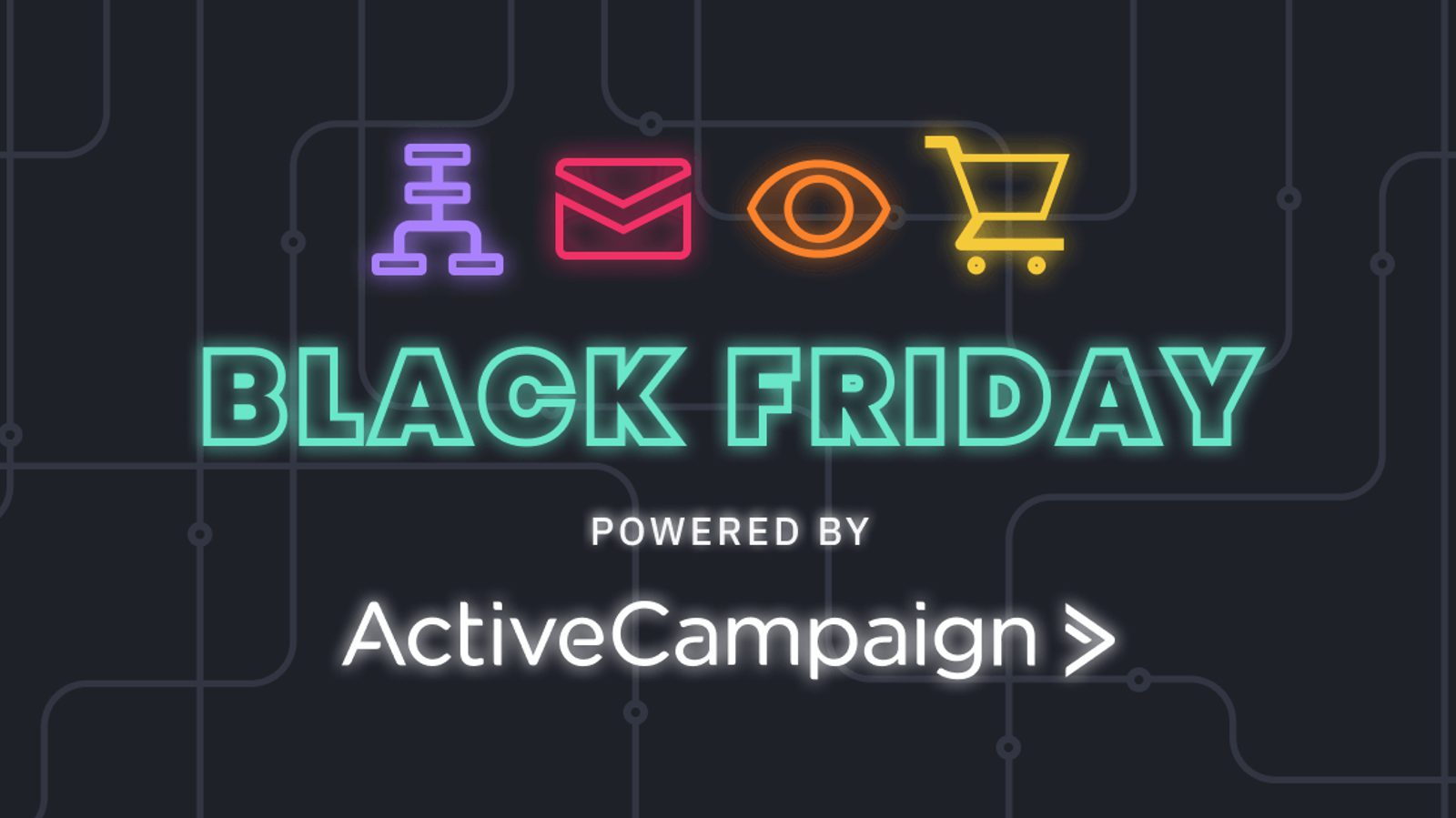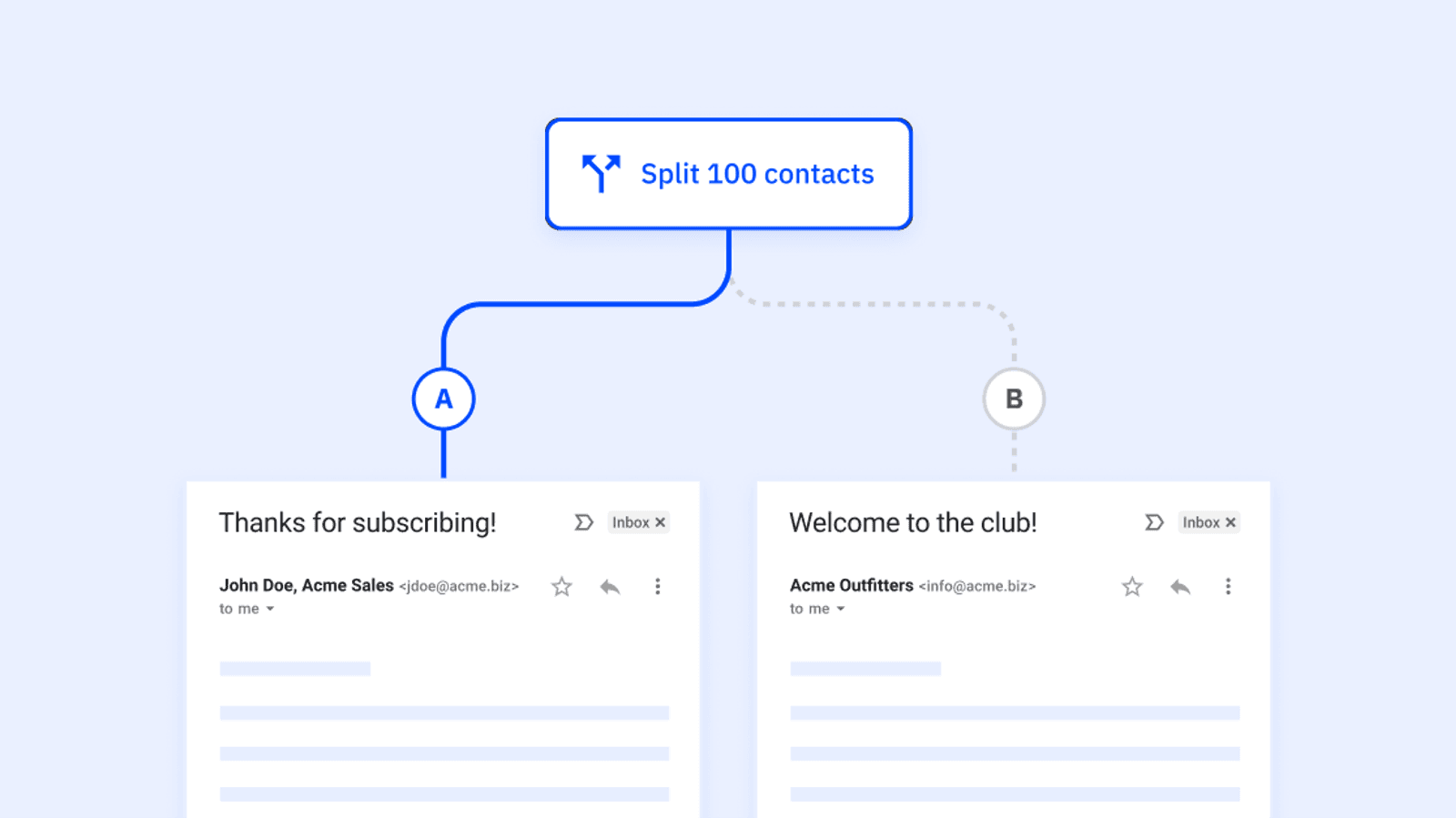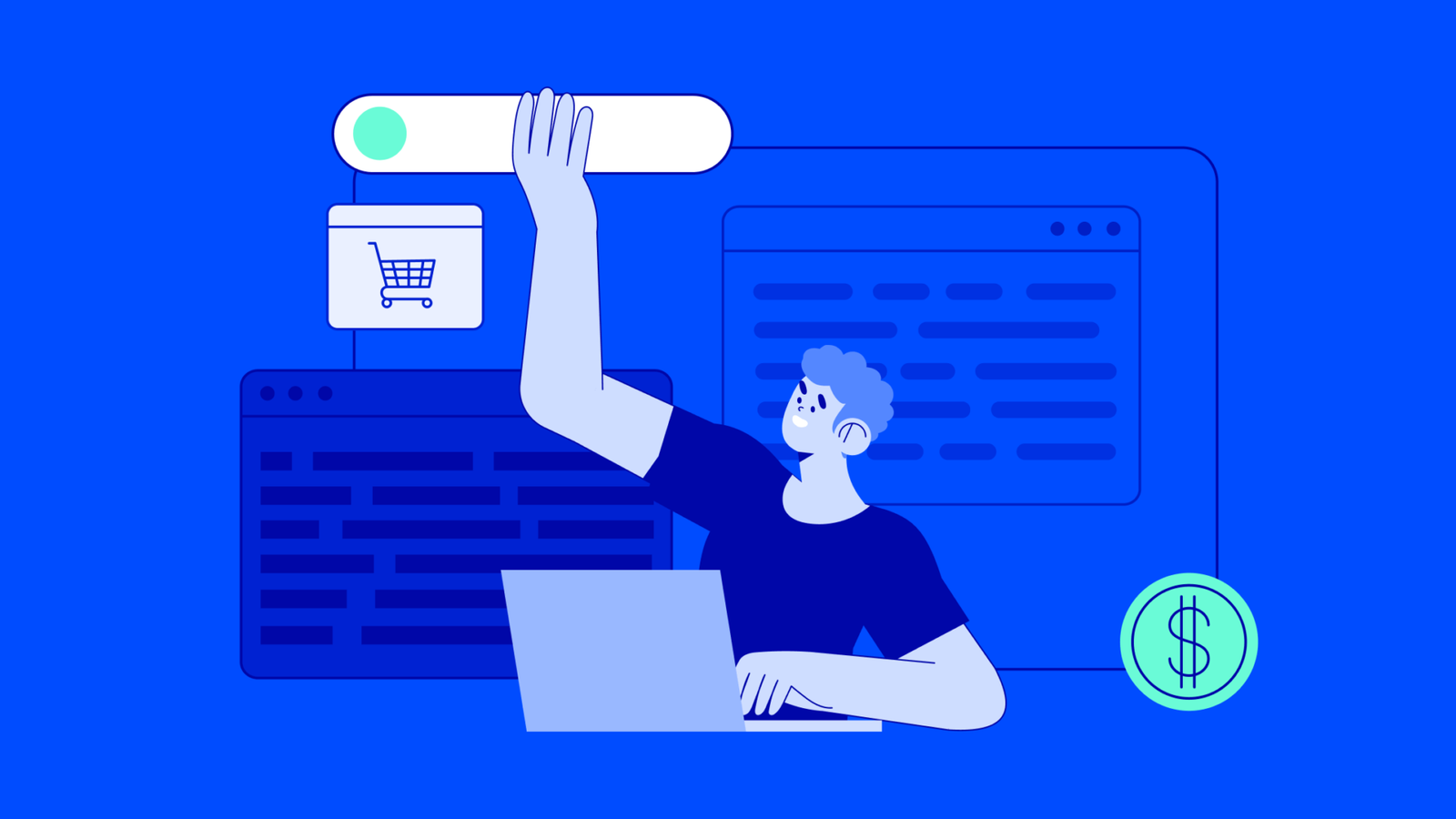2023 was a turbulent year for both businesses and consumers. As we move into 2024, this year's Black Friday presents unique challenges and opportunities. How will global economic improvements, cautious consumer behavior, and shifts in shopping habits affect Cyber Week sales? What factors will influence consumer behavior in 2024, and what strategies should businesses employ for a successful Black Friday? How can brands stay attuned to their audience's changing needs and preferences?
To answer these questions, we’ve gathered the latest Black Friday statistics and insights to help you navigate the year's biggest shopping event and deliver exceptional customer experiences.
Why Black Friday matters in 2024
Black Friday has evolved into one of the most important retail events of the year, driving billions in sales globally and setting the tone for holiday shopping trends. It’s more than just a single day of discounts—it kicks off the holiday shopping season and allows businesses to capture early demand and attract new customers. Understanding the significance of Black Friday in 2024 will help brands prepare for the continued shifts in consumer behavior, from early shopping habits to the rise of mobile commerce.
The history and rise of Black Friday
Black Friday’s origins can be traced back to the early 1950s when it was first used by police in Philadelphia to describe the chaotic crowds and traffic jams that occurred the day after Thanksgiving. Shoppers and tourists would flood the city ahead of the Army-Navy football game, and the term “Black Friday” was coined to describe the disruption. It wasn’t until the 1980s that retailers began to reclaim the term, giving it a more positive spin by linking it to their profitability. “Black” referred to businesses moving from the “red” (negative) into the “black” (profitable) as consumers flocked to stores for deep holiday discounts.
During the early days of Black Friday, it was all about in-store deals, and shoppers were known for going to extreme lengths to get their hands on the best bargains. People would line up outside stores for hours—sometimes even camping out overnight—to ensure they were first in line when the doors opened. These weren’t just casual shoppers; they were deal hunters, often sprinting through the aisles as stores opened their doors at the crack of dawn or even earlier.
The chaos associated with Black Friday soon became legendary. Viral videos and news stories began documenting the most outrageous moments: crowds bursting through glass doors, fights breaking out over limited stock, and stampedes that sometimes led to injuries or worse.
Despite these intense moments, Black Friday continued to grow in popularity throughout the 1990s and early 2000s. It became known as the ultimate shopping day, with retailers offering doorbuster deals on high-ticket items like electronics, toys, and appliances. In some cases, shoppers even treated the day like a competitive sport, strategizing how to visit multiple stores to score the best deals within a short window of time.
As consumer behavior shifted with the rise of eCommerce, Black Friday began to evolve. By the 2010s, more retailers offered online deals, making it easier for consumers to snag bargains without braving the chaotic in-store environment. The pandemic accelerated this transition even further, with 2020 marking the first year online sales surpassed in-store sales on Black Friday.
In 2024, Black Friday remains one of the year's biggest shopping days, but it has transformed significantly from its early days. Gone are the frenzied crowds storming physical stores in the early morning hours. Instead, businesses now focus on omnichannel strategies, blending in-store experiences with the convenience of online shopping. While some shoppers still line up for in-store deals, many prefer to browse sales from the comfort of their homes, making digital platforms the new battleground for Black Friday success.
Let’s look at eight recent Black Friday facts and how they can affect your holiday marketing.
Black Friday fact 1: 56% of customers start their holiday shopping in September or October
Early shopping has become the new norm as more and more shoppers are fed up with the Christmas shopping frenzy and prefer to buy in a more relaxed fashion. Retailers are following suit with early deals, such as Prime Day in October, Cash Back Days, and, of course, Black Friday and Cyber Monday.
For most consumers, Black Friday has lost its appeal and become a regular chaotic sale. Just 9.6% of US-based buyers wait for Black Friday to start their holiday shopping.
There are a few reasons for this:
- Some major retailers rarely offer generous online deals; some even raise their normal prices during Black Friday.
- The influx of holiday shoppers is responsible for notorious shipping delays and website crashes.
- Customers have fewer choices—just two-thirds of US businesses offer Black Friday deals, and only specific product categories are discounted.
- Product availability is often an issue during Cyber Week, leading to customer frustration.
Customers get more vigilant during this time and are quick to call out brands for artificially increasing prices ahead of Black Friday.
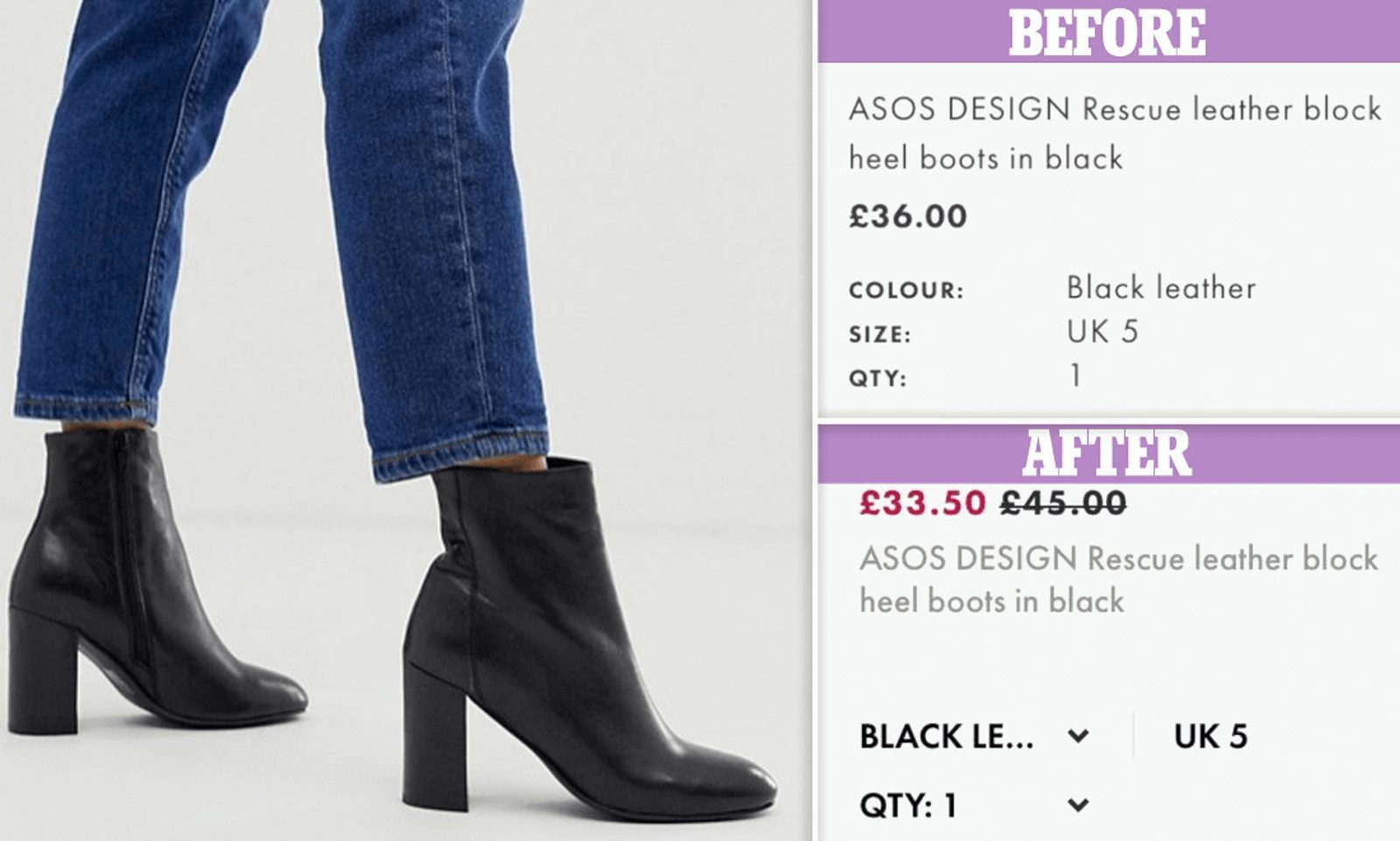
What this means: Account for early birds—start your promotions early and keep them around for longer. This means more build-up, diverse offers, nurturing email campaigns, and a lot of holiday talk beginning in September. Make sure that your Black Friday sale is the real deal. Customers do their research, see through fake discounts, and walk away if they realize that the seller is manipulating them.
Black Friday fact 2: Half of consumers use smartphones to check out Cyber Week deals and place orders
Customers want to browse and shop on the go with ease. A record-breaking 53% of online shoppers use their mobile phones to discover and compare Black Friday deals, and 39.7% complete online purchases from their mobile devices, underscoring the dominance of mobile shopping.
As a result, customers expect frictionless buying experiences—intuitive and responsive websites, skimmable emails, quick signup forms, a straightforward checkout process, and so on. They won't spend too much time on a clunky, dated online shop because they know another Black Friday offer is just around the corner.

What this means: Make it easy to buy from you. Test your online store's mobile-friendliness and usability to ensure it works great on any device and is accessible to users with different needs and backgrounds. Create smooth experiences for your audience using email marketing automation and CRM tools made specifically for ecommerce businesses.
Black Friday fact 3: 66% of customers care about sustainability when shopping
According to McKinsey, buyers are trying to shop more consciously and sustainably. Forty percent of consumers are willing to pay more for ethically and sustainably produced items.
Black Friday, once clearly a feast of overconsumption, has slowly become a chance for green brands to step into the spotlight. The younger audience is more selective when shopping and eager to see more sustainability initiatives from their favorite brands.
What this means: Think of ways to make your Black Friday sale more eco-friendly, and let your customers know that your business cares for people and the planet. Offer recyclable packaging, send educational emails with eco-friendly tips, and incentivize in-store pick-ups.
Black Friday fact 4: Raising social or environmental awareness can increase your sales by 5 times
Patagonia reached a record-breaking $10 million in sales right after announcing that it'd give 100% of its global retail and online Black Friday sales to grassroots nonprofit organizations fighting the environmental crisis and protecting nature.
The company expected to make $2 million in retail sales but made 5 times that due to its bold environmental pledge. Patagonia became a powerful example of how a big brand can stand up for its beliefs and values and “earn more by earning less.”On another black Friday, Patagonia even explicitly asked its customers not to buy any new products, which boosted the customers' devotion.
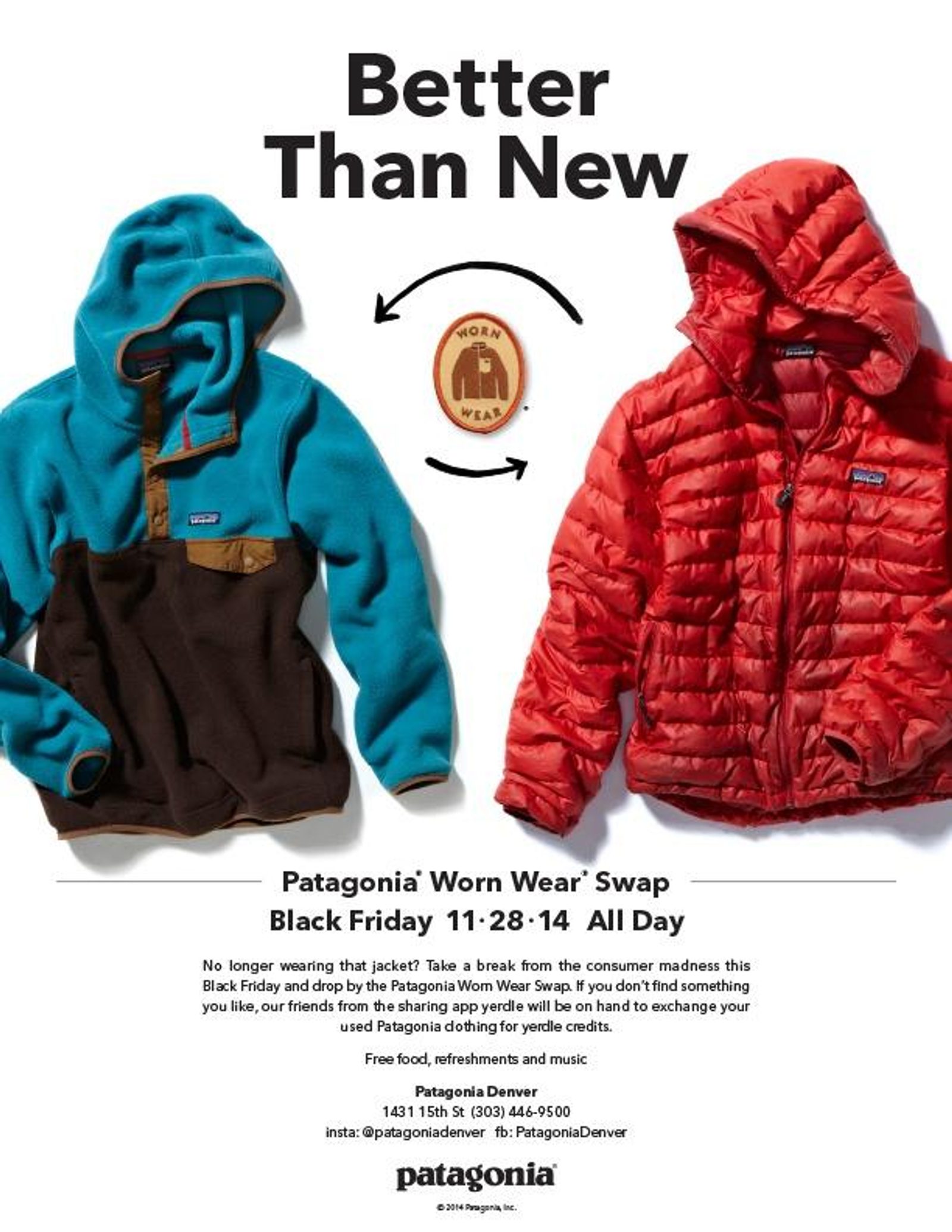
What this means: Social impact sets certain brands apart and makes them more desirable and respected in the long term. Prioritize a sustainable approach over quick wins, and make your Black Friday sale more meaningful for your audience. Create highly personalized, nurturing emails to let your customers know more about your brand's mission.
Black Friday fact 5: 88% of consumers like and support authentic, relatable brands
83% of consumers believe online retailers should provide more authentic and personalized shopping experiences. 59% of consumers say user-generated content resonates with them the most.
Now, more than ever, buyers are looking to support and purchase from brands that align with their values and showcase their authenticity. They lean toward small, bespoke, handmade, and unique brands. Buyers crave connections with the brands they are purchasing from.
What this means: Embrace your brand and what you stand for. Highlight that uniqueness and authenticity. It's not just about talking about your special deals and creating anticipation. It's about sharing more personal details about your business and the person behind it who is running it (you and your team!). Don't be afraid to share details of how the product is made and where the business started. Take a peek behind the scenes at who you are and what you stand for.
Black Friday fact 6: Consumer confidence is rising, but caution remains
While the economy is in a better place than it was last year, consumers are still approaching holiday shopping with caution. Inflation has eased in both the US and the UK, leading to a rise in spending on discretionary goods such as clothing, holidays, and dining. For the first time since 2021, spending on non-essential items has shown positive growth. According to Deloitte UK research, consumers feel more confident as inflation and interest rates stabilize.
Despite this optimism, experts agree that shoppers are still carefully weighing their spending decisions. Luxury retail, in particular, has seen a slowdown, with major brands like LVMH and Kering reporting weaker demand. Many consumers choose to save their extra income rather than spend it, indicating that while Black Friday interest may be higher than in 2023, retailers must work harder to convince cautious buyers to open their wallets. Retailers must demonstrate value and offer attractive deals to win over these careful shoppers.
In the US, similar trends are emerging. Moderating inflation and lower gas prices have provided some relief for consumers, but there is no substantial boost in consumer confidence. Experts predict that Black Friday 2024 will be steady but not explosive, with growth likely to be modest. Multi-brand retailers are particularly feeling the pressure, as more consumers choose to shop directly from brands rather than through third-party stores. These retailers will need to make an extra effort during Black Friday to stand out and drive sales growth, particularly through omnichannel strategies that integrate online and in-store experiences.
What this means: Retailers should prepare for a mixed Black Friday season. While some consumers may feel more confident, many remain cautious, making it crucial to demonstrate value in your offerings. Omnichannel strategies that enhance both online and in-store shopping experiences will be key to winning over these hesitant shoppers. Focus on delivering a seamless shopping experience that emphasizes your brand's unique value, whether it's through early sales, full-price gifting, or exclusive offers.
Black Friday fact 7: Cyber Monday continues to surpass Black Friday
In 2023, Cyber Monday once again outperformed Black Friday in total sales, with consumers spending $12.4 billion on Cyber Monday compared to $9.8 billion on Black Friday, according to data from Adobe Analytics. This marks a substantial difference of $2.6 billion, further solidifying Cyber Monday's position as the top online shopping day of the year, contributing to a significant increase in sales compared to prior years. During peak hours, shoppers spent a staggering $13 million every minute, highlighting the intensity of last-minute online shopping.
The growing dominance of Cyber Monday can be attributed to the convenience of online shopping and the increasing number of consumers who work from home, giving them more flexibility to shop for deals at the end of the holiday weekend. As mobile commerce continues to rise, consumers are taking full advantage of seamless online experiences to score the best discounts without the rush of in-store shopping.

What this means: According to Drive Research, a leading consumer insights firm, consumers are more likely to purchase bigger-ticket items on Cyber Monday, which provides a significant opportunity for businesses. While Black Friday is still essential for building anticipation, use it as a warm-up for your audience. Save your most attractive deals for Cyber Monday to capture late shoppers looking for major discounts on higher-priced items. Make sure your online store and checkout processes are optimized for mobile to ensure a smooth shopping experience for your customers.
Black Friday fact 8: Social influencers are driving consumer purchases
In 2024, social influencers have become a powerful force in driving consumer behavior. Paid search remains the top driver of retail sales, with a 28% share of online revenue, but the fastest growth is coming from affiliates and partners, including social media influencers, which account for 17.2% of sales. Influencers are converting shoppers 10 times more effectively than general social media channels. Adobe’s data shows that 37% of Gen Z consumers have made a purchase based on an influencer's recommendation, demonstrating the significant impact influencers have on younger audiences.
As big brands continue to invest in influencer marketing, they are seeing higher conversion rates and increased engagement from audiences who view influencers as more authentic and trustworthy. This shift explains why influencer marketing has continued to outpace traditional social media marketing during the holiday season, and this trend is expected to hold strong for Black Friday and Cyber Monday in 2024.
What this means: Influencer marketing remains a powerful tool for boosting your sales, especially if you can partner with niche influencers who resonate with your target audience. Campaigns featuring creators can be highly measurable, allowing you to track which influencers bring the most value to your brand. By leveraging these partnerships, you can tap into engaged audiences and convert them into loyal customers.
How to reshape your Black Friday messaging for 2024 and beyond
To make your Black Friday campaign stand out in 2024, you’ll need to adapt your marketing strategies to modern consumers' evolving preferences and expectations. Above all, ensure that your brand remains relatable and genuine. Today's shoppers are highly attuned to inauthentic or manipulative marketing tactics, so your messaging should resonate on a personal level.
Use niche influencers who can reach your audience through the channels they trust most. Influencers continue to play a significant role in driving consumer decisions, but the key to success lies in finding the right influencers who align with your brand values and audience.
Address your customers' specific needs and desires by offering tailored deals that help them achieve their goals. This means segmenting your audience, analyzing customer behavior, and delivering relevant and timely personalized offers.
Finally, make your Black Friday campaign more impactful by connecting emotionally with your audience. Consider incorporating sustainability initiatives or social causes that align with your brand values, creating a deeper purpose behind your promotions. Consumers are increasingly drawn to brands prioritizing ethics and sustainability over purely profit-driven motives.

AI in Black Friday marketing
As we move further into 2024, one of the most significant trends in Black Friday marketing is the use of artificial intelligence (AI) to enhance personalization and efficiency. AI tools can help you automate campaign delivery, predict consumer behavior, and personalize offers at scale. By leveraging AI, you can analyze customer data in real time, create tailored recommendations, and even automate dynamic email content that adapts to each customer’s shopping preferences.
Incorporating AI into your Black Friday strategy allows you to stay one step ahead, ensuring that your offers are both relevant and timely. Whether it's through AI-powered chatbots, personalized product suggestions, or automated email flows, integrating AI helps you engage your audience at key decision-making moments. Retailers that embrace AI will have a distinct advantage in delivering a seamless and responsive shopping experience.
With ActiveCampaign, you can implement AI-powered tools into your holiday campaigns. From automated workflows that segment your audience based on behavior to predictive sending that ensures your emails land at the right moment, ActiveCampaign equips you to build personalized, data-driven marketing strategies.
Lessons learned from Black Friday history
Black Friday has undergone a massive transformation over the years. In the past, discount-seekers would camp out for hours—sometimes even days—outside stores, waiting for doors to open at midnight or earlier. Scenes of frenzied crowds storming stores, grabbing products off shelves, and even getting into physical altercations over doorbuster deals became synonymous with Black Friday. Retailers often struggled to manage the chaos, leading to viral videos of "Black Friday madness."
Today, however, the landscape looks drastically different. With the rise of online shopping and the increasing demand for seamless, frictionless experiences, Black Friday has shifted from a one-day in-store event to an extended shopping season dominated by eCommerce. Consumers no longer need to brave the cold or the crowds to secure great deals—now, they can shop from the comfort of their homes with the click of a button.
The key lesson for brands is adaptability. Black Friday is no longer just about offering the lowest prices—it’s about creating a smooth, personalized shopping experience that meets consumers where they are. Businesses that thrive during Black Friday are quick to recognize shifting consumer trends, from mobile-first strategies to the growing demand for sustainability.
Deliver winning Black Friday campaigns with ActiveCampaign
The Black Friday statistics we’ve explored make it clear that this holiday remains a huge opportunity for businesses to drive sales and connect with their customers. To capitalize on this, developing a well-thought-out strategy that combines personalized offers, smooth online experiences, and emotional resonance is essential.
ActiveCampaign’s marketing automation tools are designed to help you do just that. From personalized email marketing to segmentation and customer journey mapping, you can create dynamic campaigns that engage your audience throughout the entire holiday season. Whether you're targeting early shoppers, last-minute buyers, or loyal customers, ActiveCampaign provides the tools you need to build stronger connections and boost conversions this Black Friday.
Frequently asked questions
How should I announce Black Friday sales?
Use a variety of channels—email, chatbots, targeted ads, social media, notifications, SMS, and word-of-mouth marketing, for instance—while leveraging AI-powered tools to automate and personalize your messaging across these platforms. Segment your email lists to ensure each customer receives the most relevant offers based on their behavior, sparking their interest in your sale. Maintain consistency in your messaging across all touchpoints to build trust and increase engagement.
When should I start promoting Black Friday sales?
Start emailing in advance, especially if you're launching early deals in September or October, and be sure to mention your average discount rates to attract more early shoppers. Let your audience mentally prepare for the sale and put them in a buying mood ahead of time. However, the emails you send directly before Black Friday are the most crucial. Don't lose the momentum after Black Friday—keep sending promotional emails on Small Business Saturday and Cyber Monday.
How many emails should I send on Black Friday?
There isn’t a one-size-fits-all answer, but A/B testing can help you determine what resonates with your audience. As a general rule, avoid sending more than two emails a day. Anything more might overwhelm your subscribers. Use AI tools to track engagement and adjust your strategy based on real-time results, ensuring you don’t oversaturate your audience while maximizing engagement.

